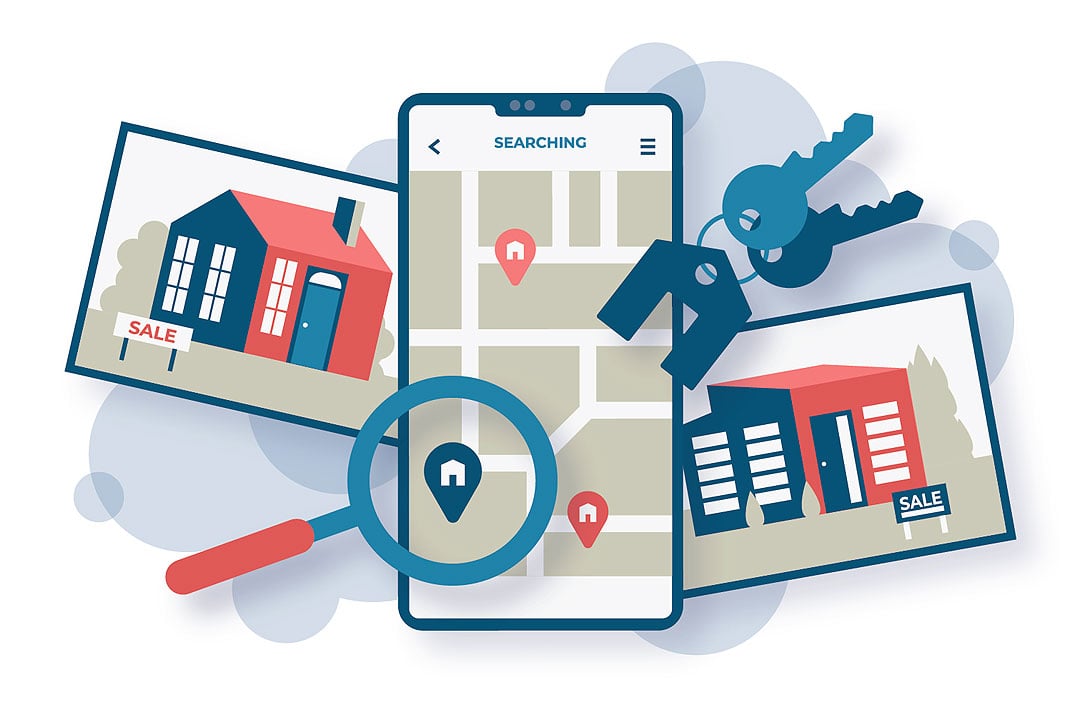In the dynamic world of real estate, the phrase "location, location, location" is not just a catchy mantra – it's a golden rule.
As a real estate broker, understanding the intricacies of location analysis is like possessing a treasure map to success.
In this blog post, we'll embark on a journey to demystify the art of real estate market location analysis and explore how it serves as the compass guiding brokers toward the best opportunities.
The Power of Location:

(Photo from BusinessWorld Online)
Imagine finding a beautiful home with all the amenities a buyer could desire, but it continues to be unoccupied month after month. What might be the offender? Most of the time, the environment is either acting as a magical spell or a barrier. Location is not just about geography; it also refers to the atmosphere of the neighborhood, the ease of access to necessities, and future growth potential.
Navigating the Landscape:

(Photo from Investopedia)
So, how can brokers perfect the skill of interpreting location? It all comes down to performing in-depth location analysis. This process entails assessing a wide range of elements that influence a property's marketability. The following are the main elements of this analysis:
a) Proximity to Amenities: Most buyers look for convenience. Homes are typically more desirable if they are close to public transportation, shopping malls, hospitals, and schools. When determining the worth of a location, brokers should take these amenities' accessibility and caliber into account.
b) Neighborhood Profile: Each neighborhood has its own personality. Understanding the demographics, crime rates, and overall ambiance of an area can help brokers gauge whether a property will align with their clients' preferences.
c) Economic Stability: In real estate, the local economy is crucial. Brokers should research local employment trends, market trends, and business expansion strategies. An expanding economy may result in higher demand for real estate.
d) Future Growth Potential: No one wants to invest in a stagnant neighborhood. Brokers should research upcoming infrastructure projects, zoning regulations, and urban development plans to forecast the area's growth trajectory.
e) Market Trends: The housing markets are constantly changing. In order to determine whether a location is consistent with the investment objectives of their clients, brokers must stay up to date on recent and future market trends.
The Tools of the Trade:

(Photo from Jeff Cook Real Estate - YouTube)
Fortunately, brokers don't need a crystal ball to perform location analysis. A variety of tools and resources are available to guide them through the process:
1. GIS (Geographic Information Systems): GIS technology allows brokers to overlay property data with geographical information. This creates a visual representation of factors like school zones, crime rates, and public transportation routes, aiding in the decision-making process.
2. Online Real Estate Platforms: Brokers now have access to robust online platforms with property insights, market trends, and neighborhood statistics at their fingertips thanks to modern technology. These tools simplify the investigation process and give a comprehensive picture of potential locations.
3. Local Network: Establishing a robust network of local professionals – from city planners to community leaders – can provide brokers with on-the-ground insights that data might miss. Sometimes, a quick conversation can reveal valuable information about an area's potential.
Balancing Act:

(Photo from Emotive Brand)
While a location analysis is important, brokers must also take their clients' unique needs and preferences into account. A location that appears ideal on paper might not suit a client's lifestyle or goals. The job of the broker is to balance the buyer's emotional attachment to a property with the data-driven analysis.
To conclude, in the world of real estate, understanding the nuances of location analysis is the key to unlocking success. Brokers who master this art can guide their clients toward properties that not only fit their budget but also align with their dreams and aspirations. Location analysis isn't just about crunching numbers; it's about finding that sweet spot where data and emotions intertwine. So, as you embark on your journey through the real estate landscape, remember: it's not just about the house; it's about the place it calls home.
As always, we here from Transactly would like to thank you guys so, so much for taking the time to read this blog post - your continuous support is always appreciated! For all the latest real estate content, latest news, and more to fuel your daily digest, stay tuned: we'll be getting new blog posts up every Monday, Wednesday, Friday, and Saturday.
We'd like to give credit where credit is due and list down the following websites that provided the inspiration behind this blog post - go give their articles a read!
Ni Business: https://www.nibusinessinfo.co.uk/content/corporate-social-responsibility-local-community
Investopedia: https://www.investopedia.com/ask/answers/041015/why-social-responsibility-important-business.asp
Forbes: https://www.forbes.com/sites/forbesrealestatecouncil/2020/02/27/real-estate-is-the-backbone-of-corporate-social-responsibility/?sh=3318d9111190